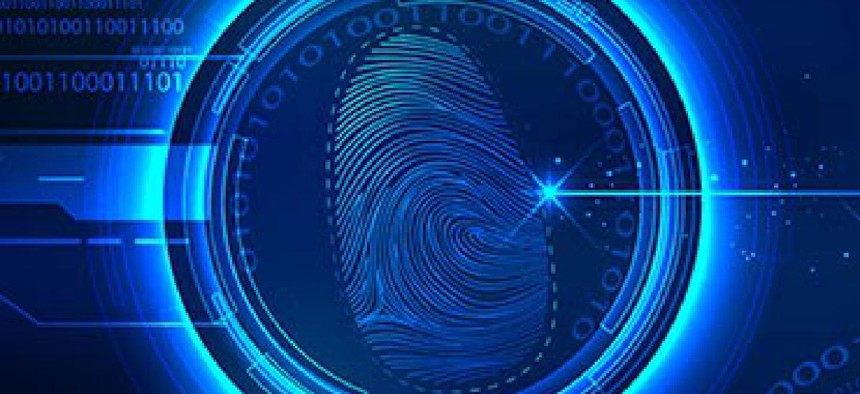How USCIS consolidates immigration data

The agency in charge of processing immigrant visa and naturalization petitions, asylum and refugee applications has a data query service that rounds up data from across DHS.

The U.S. Citizenship and Immigration Services has developed a service that allows it, other DHS components, and select federal agencies such as the State Department, to submit a single background query on citizens, immigrants, residents and visitors to the U.S. from multiple federal systems.
A single query into the Person Centric Query Service, according to a USCIS Privacy Impact Statement released March 8, can be keyed to center on a variety of data, including name, Alien Registration Number, Social Security number, birthdate, residential address, phone number, E-mail address, certificate of citizenship number, naturalization certificate number, Student & Exchange Visitor Information System (SEVIS) ID, and Visa Control Number.
The service can even bring up photographs, biometrics, background check results, and "encounter information" from border agencies databases.
USCIS is currently using the PCQS, according to an agency spokesman. The service functions differently than a straight background check, he said, focusing mainly on an individual's interactions with DHS agencies during the immigration process. A background check generally focuses on the immigrant or nonimmigrant's interactions with law enforcement or other agencies or departments, without necessarily looking at the immigration process.
The PCQS, according to USCIS's filing, returns a consolidated view of an individual's past interactions with DHS components and other agencies as he or she passed through the U.S. immigration system.
The service isn't a new data storage system, according to the filing, because it doesn't store data. It aggregates information from other systems and displays it temporarily, in read-only format. The idea is to give a holistic view of data already stored on individuals in various DHS, federal agency and even some non-federal and private-sector systems that otherwise would take multiple queries to obtain.
The system mitigates false positives through the use of what the privacy report calls "a strong matching algorithm" to correlate individual names with alien registration numbers and other data points.
Among the DHS agency databases accessed by PCQS are CBP's TECS system, used by officers at the border to assist with screening and determinations regarding admissibility of arriving persons; CBP's Automated Targeting System Passenger and Immigration and Customs Enforcement's Enforcement Integrated Database.
Non-federal databases queried by the system include the American Association of Motor Vehicle Administrators Network Service (AAMVAnet), while extra-agency networks accessed includes the State Department's Consular Consolidated Database (CCD).
Along with a variety of federal immigration background checks, the service helps with E-Verify reviews for employers determining the immigration status of employees; immigration fraud checks by USCIS and Customs and Border Protection; and ICE deportation investigations. It also provides a way for DHS National Protection and Programming Directorate's Office of Biometric Identification to help state and local governments identify and check on people they may encounter and consider a threat.
NEXT STORY: Senator wants VA to stop using SSNs


